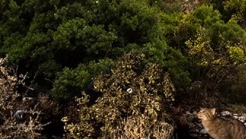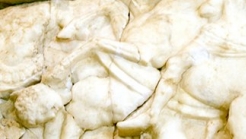

Greece
Plato’s Academy has been the meeting point of all the greek philosophical minds of the ancient times, and still maintains its glamor, attracting thousands of visitors.
This Athens suburb was named bu the hero Academos or Ecademos, but remained in history due to the philosophical school that Plato founded in the area. It has been inhabited from the prehistoric times to the 6th century AD. During the 6th century AD, one of the famous Gymnasiums of Athens was founded in the area. It has been reported that Hippias Peisistratides built a courtyard, while Cimon planted the area with trees, only to be brought down in 86 BC by Syllas. In the year 387 BC, Plato founded the famous School by the same name, which was famed by the Neoplatons, to be stopped in 526AD by Justinian.
The most important monuments of the Archeological area of Plato’s Academy are:
The Sacred House of Geometric Times. It is comprised of seven rectangular spaces, on each side of a corridor. The building show many similarities to hte sacred house of Elefsina. Based on remains of sacrifices in the area, it is believed that intense rituals took place.
The Gymnasium (1st century BC – 1st century AD). It is a big rectangular building with internal Peristyle and rooms on the north side. Inside it existed a smaller space, used as a Palaestra.
The Peristyle Building (4th century BC). A big rectangular building with an interrnal Peristyle. Some consider it to have been a Palaestra, while others an annex of the Gymnasium.
The Early Helladic absidal house. It comprises of a vestibule, a central hall and a small auxiliary room, and has been interprated as the prehistoric residence of the hero Academos.
Plato’s Academy has been the meeting point of all the greek philosophical minds of the ancient times, and still maintains its glamor, attracting thousands of visitors


The Museum of Natural History Crete has existed since 1980. Includes five parts: zoological, botanical and anthropological, Paleontological, geological and Oruktologiko.

__list_246_139_c1.jpg)
The Venetian Walls of Heraklion is the largest you meet strongest fortress building across the Mediterranean, which did not have the luck to be in the Heritage List of UNESCO. To built this massive fort took dozens of years.


The exhibits of the museum are very important, and consist of sculptures from Livadeia and Cheronea, ceramics from prehistoric and historic locations around Cheronea, Elateia,coins and weapons from the Tomb of Macedonians and the mass graves of Thebians in Cheronea.
1039 Ε 6061 01515 00